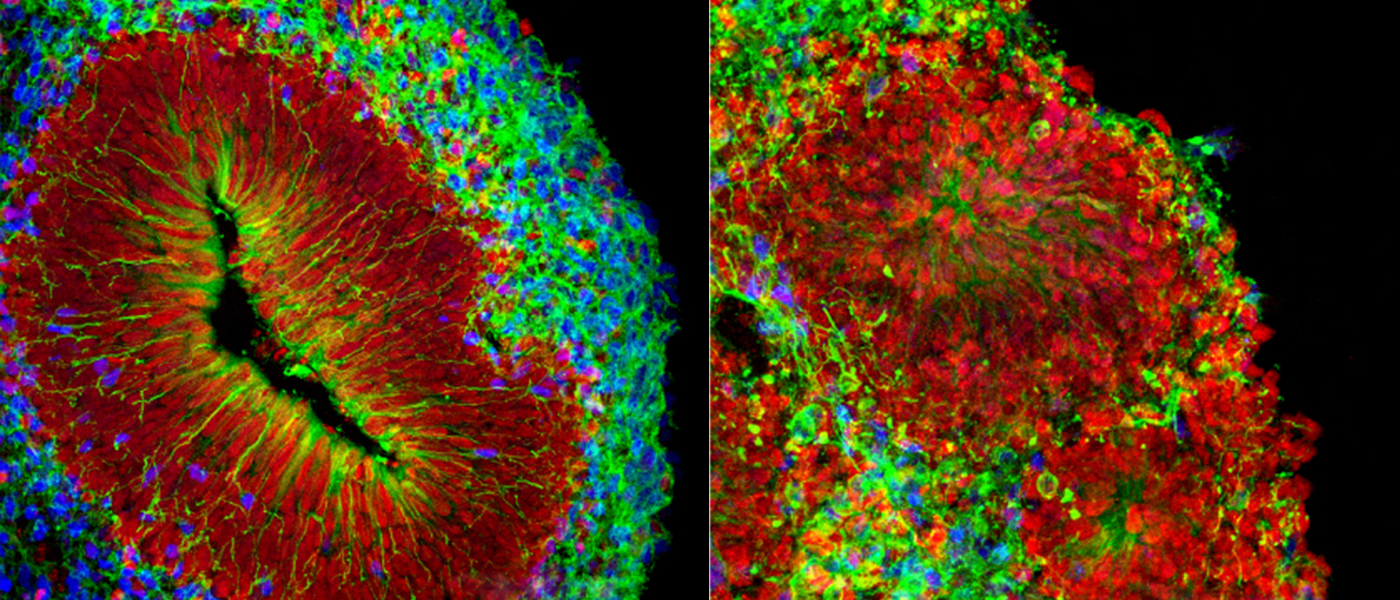No Degree. No Diploma. Just Pure Curiosity.
A 16-year old high school student built a replicator for “mini-brains,” and it is way better than its more expensive commercial counterparts. In fact, it had mini-brains ready for analysis within less than four months.
Mini-brains are balls of brain cells that researchers use to test and analyze the functions and processes of the human brain...without having to go around asking people for their brains. In short, these are miniature versions of the human brain that send pulses of electric signals and give other reactions that are similar to an actual brain.
Christopher Hadiono from the Byram Hills High School spent the summer of 2013 as an intern under the supervision of Hongjun Song, director of the Stem Cell Program and Professor of Neurology at the Johns Hopkins University. During this period, he was able to design a bioreactor that is smaller, cheaper, and can hold more than twice as many mini-brains.
While it’s current commercial versions cost around $2000, Hadiono’s bioreactor, named SpinΩ, costs around $400 and allows several devices to be run all at the same time due to its small size. It can also expose the mini-brains to around twice as many experimental conditions.
You can learn more about mini-brains in the video below:
SpinΩ vs. Zika, Among Others
“We did not think that even a biotechnology graduate student could make this into a reality,” Song says. “Once you have a good idea, that changes everything.” The new bioreactor design is enabling researchers to conduct experiments at exponentially faster pace, at an exponentially wider scope.
Hadiono’s SpinΩ is now a main component in research analyzing the effects of the Zika virus during different phases in pregnancy. The blueprint for 3D printing SpinΩ will also be made available to the public, so everyone can print their own bioreactors for a relatively low cost. Hadiono is now studying engineering at Case Western Reserve University in Ohio.
Share This Article
